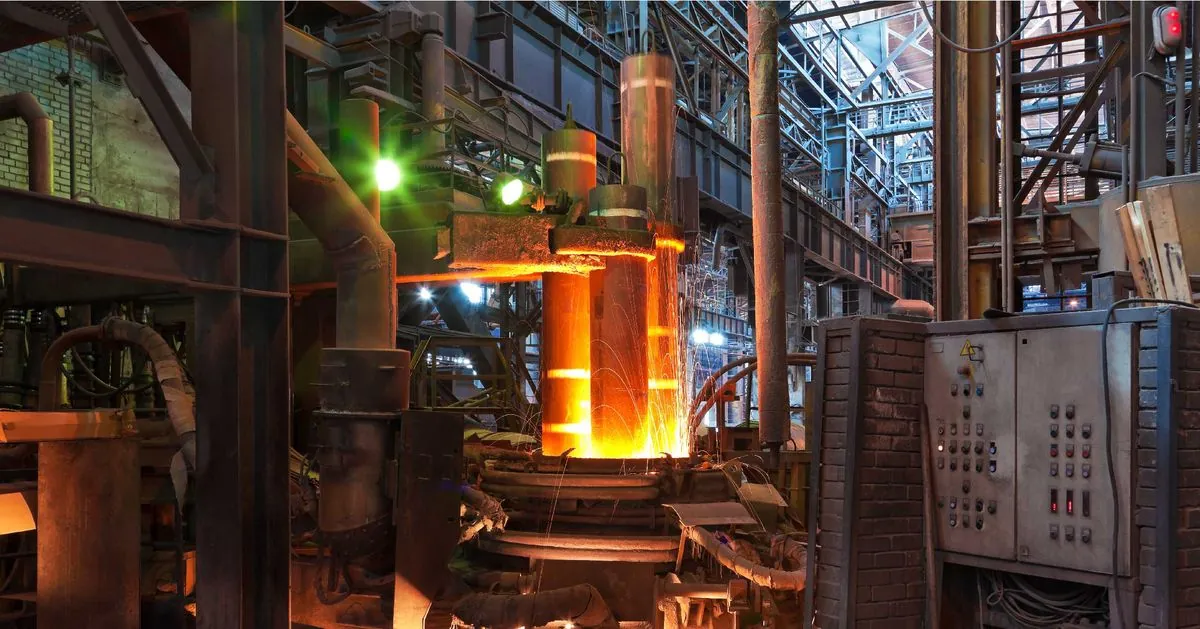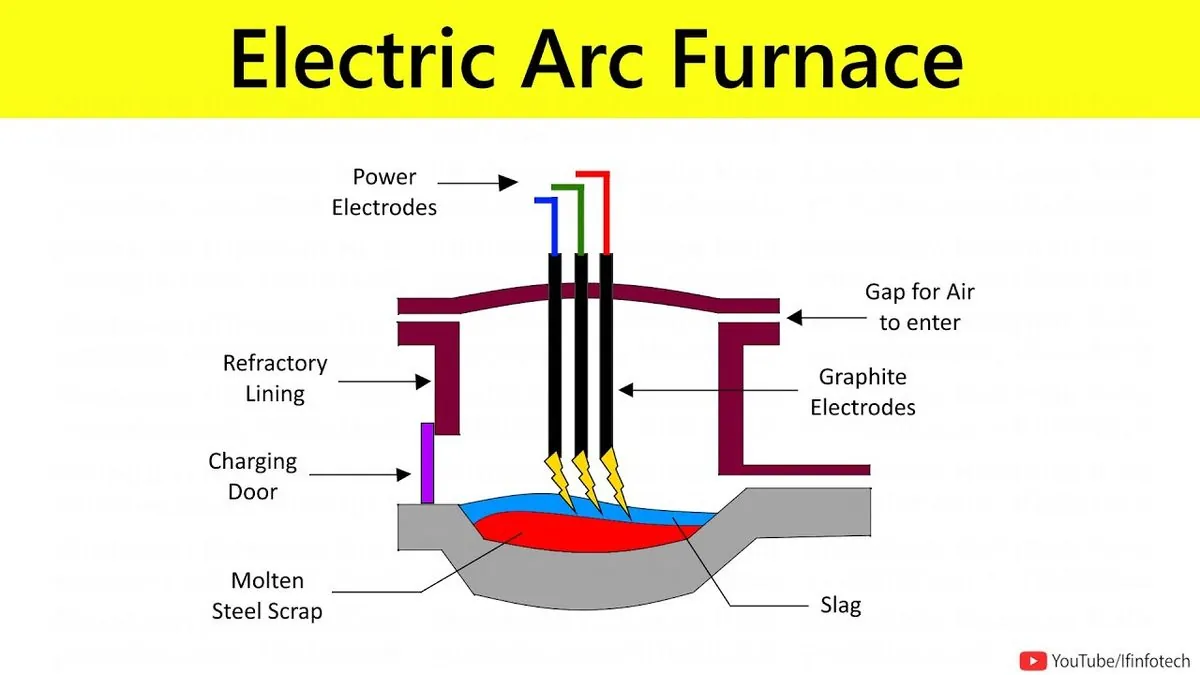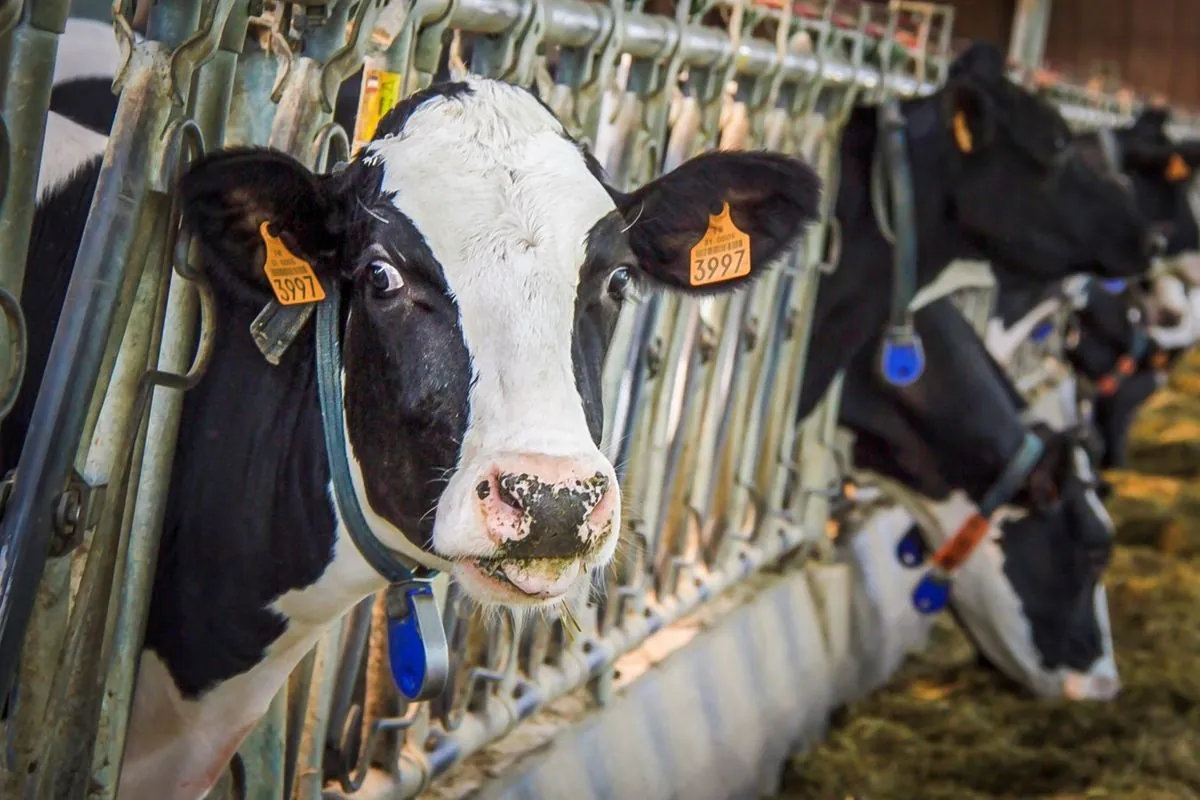UK Steel Industry Faces Crossroads: Green Revolution or Decline?
UK steel industry grapples with shift to green production amid global changes. Workers face uncertainty as traditional methods become obsolete, while opportunities in renewable energy sector emerge.

The UK steel industry is at a critical juncture, facing challenges that echo global trends in steel production. As traditional blast furnaces become increasingly obsolete, thousands of workers in Port Talbot and Scunthorpe find themselves in a precarious position. This shift mirrors a worldwide transformation that began decades ago, with the United States not having constructed a new blast furnace since 1964.
The transition to electric arc furnaces (EAF) and green steel production is driven by economic and environmental factors. Over 70% of America's steel output now comes from recycled scrap melted in EAF furnaces, resulting in a third of the CO2 emissions compared to traditional methods. This trend is not limited to Western nations; China, the world's largest steel producer, has mothballed 265 blast furnaces and aims to meet 20% of its steel output with EAF furnaces by 2025.

The steel industry's evolution is deeply rooted in history. The Bessemer process, invented in 1856, revolutionized steel production by making it faster and cheaper. Today, the industry faces another revolution, this time towards sustainability. Steel production accounts for about 7-9% of global CO2 emissions, making the shift to greener methods crucial for environmental goals.
"We can import DRI iron but global demand will be surging and everybody will need it for their own EAF furnaces. There is a national security issue and we must go into this with our eyes open."
The UK faces unique challenges in this transition. High industrial electricity prices have hindered competitiveness, with UK steel producers paying £66 MWh compared to £50 in Germany and £43 in France. This disparity in energy costs has put the UK at a disadvantage in the global market.
However, opportunities exist for the UK to become a leader in green steel production. The renewable energy sector, particularly offshore wind farms, presents a significant demand for steel. Gareth Stace highlighted that the UK currently doesn't supply any steel for its own offshore wind farms, a situation he describes as "dreadful."
Looking ahead, the UK steel industry could find new life in supporting renewable energy projects. S&P Global estimates that Labour's wind targets alone will require 73 million tonnes of steel by 2030. This demand presents an opportunity for industrial rearmament on a scale not seen since 1938.
The steel industry's ability to adapt has been demonstrated throughout history. Steel is 100% recyclable and can be recycled indefinitely without loss of quality. This characteristic aligns well with the circular economy principles necessary for a sustainable future.
As the UK navigates this transition, it's worth noting that the strength of steel, measured in megapascals (MPa), continues to improve. Some ultra-high-strength steels now reach over 1500 MPa, showcasing the ongoing innovation in the field.
In conclusion, the UK steel industry stands at a crossroads. The path forward involves embracing green technologies, leveraging opportunities in the renewable energy sector, and strategic government investment. By doing so, the industry could not only survive but thrive in the new era of sustainable steel production.


































